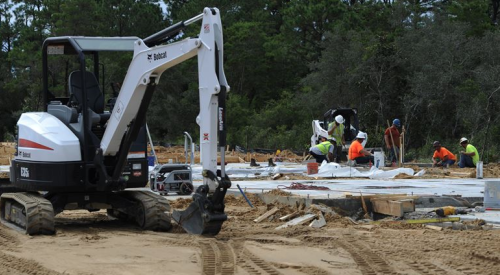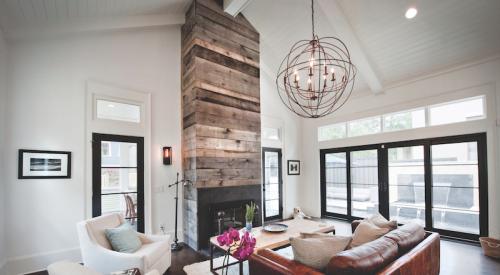Homeowners expect perfect homes. Trades deliver less-than-perfect quality. As the builder, it's left to you close the gap. You pour ever-increasing amounts of time and money into inspections and repairs, yet construction defects still get through. Your field supervisors spend time avoiding known quality problems, inspecting and fixing defects and finally following up to make sure repairs are done right. This is an enormous cost in man-hours and cycle time.
This might be a tolerable situation if it worked - and if it didn't cost so much in so many ways - but some problems still get though. For each one, customer satisfaction takes a hit, and for you the builder, that means your cost of acquiring new customers goes up, too.
Don't expect homeowners to make the quality gap smaller by accepting defective homes. That won't happen. So the best chance for improvement is to develop trade crews that deliver the first-time quality homeowners expect. Transformation is not an overnight event, but you can take actions to gain control of work crews, reinforce accountability and help them improve.
Working together with your trade contractors, it is possible to make the quality gap smaller and reduce the time, money and manpower spent on inspections, corrections and still more inspections.
Here are some methods to consider in your own company:
Create a list of qualified crew leaders. Get agreement from your trade partners to notify you when a new crew is on your job site. Watch new crews closely to ensure that they understand your quality requirements, have the necessary qualifications and demonstrate the first-time quality you expect.
Reinforce attention to construction details for current quality hot spots by conducting biweekly five-minute toolbox talks with crews on the job site. If you supply pictures of construction details, most trade contractors can train their own crews.
Record the name of the trade contractor’s crew leader and field supervisor on your inspection reports. Add specific checkpoints on inspection forms for quality hot spots and use them to evaluate responsiveness of crews to the hot-spot training. High-performance trade contractors can perform self-inspections using similar methods.
When performing inspections, rate trade contractors' first-time quality from one to five, with five being zero-punch, no corrections needed. Use the data to manage their performance. Consider incentives and recognition tied to a history of zero-punch work.
Shrinking the quality gap with your trade contractors eliminates an enormous cost hidden in the bid price all builders pay - the dollars the trade contractor includes to inspect, fix and follow up on quality issues. Preparing trade contractors to manage their own quality and train work crews in the art of their trade brings their first-time quality levels up and your costs to build down.












